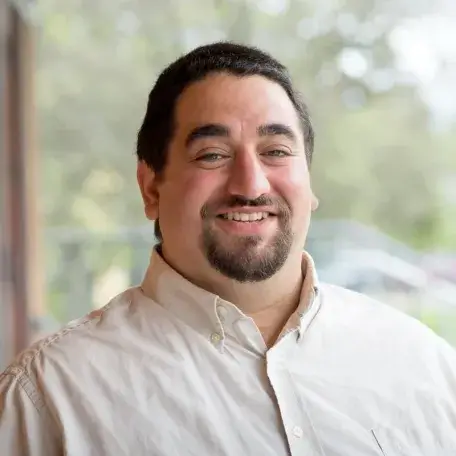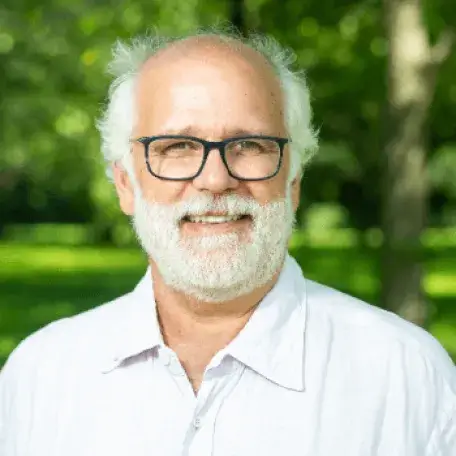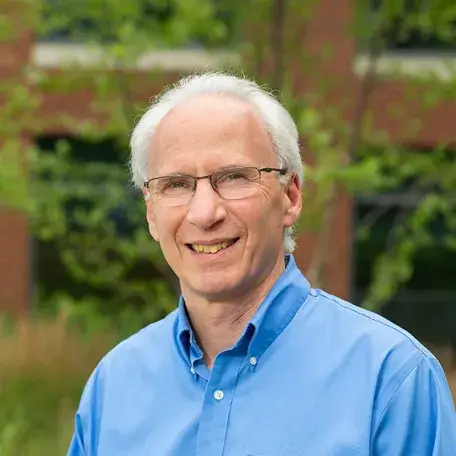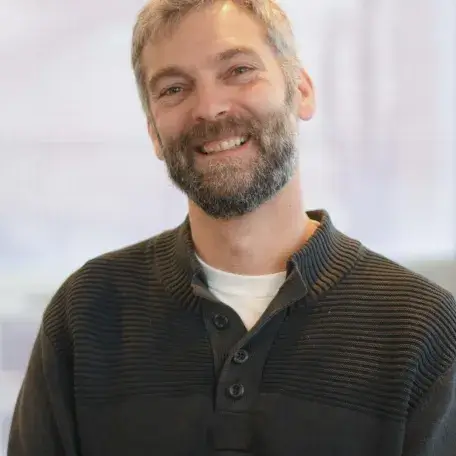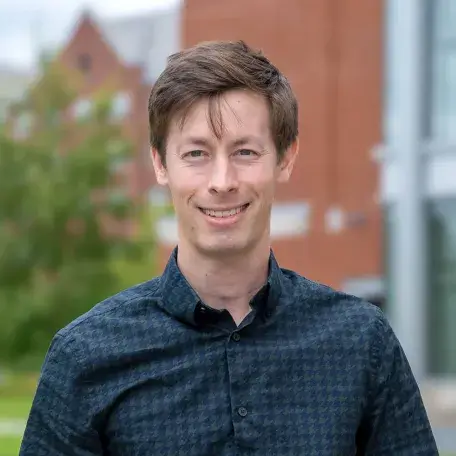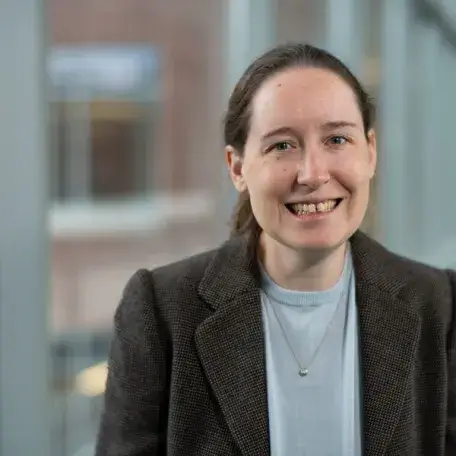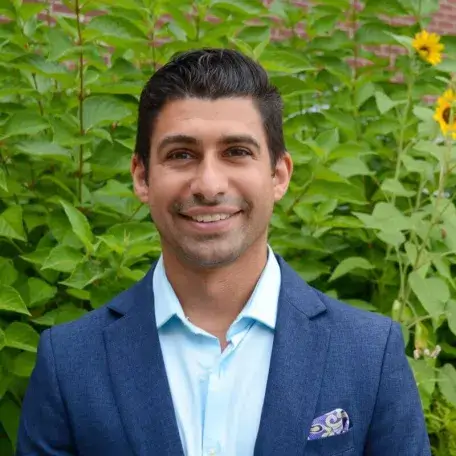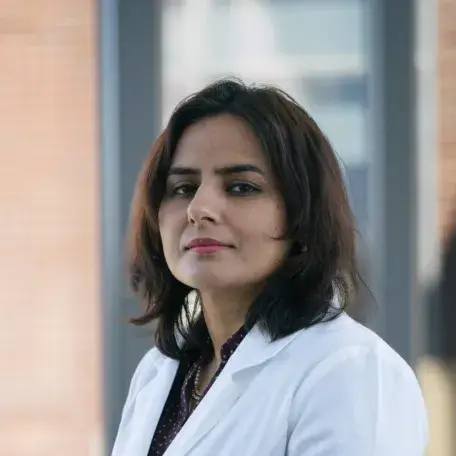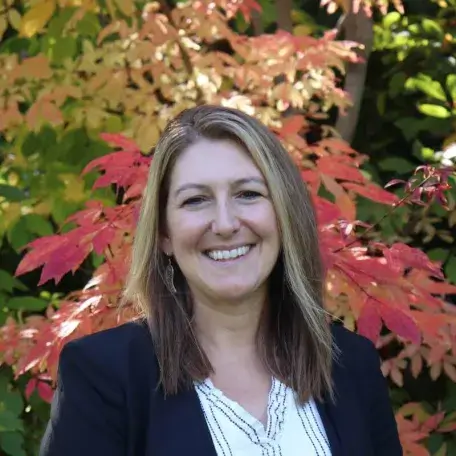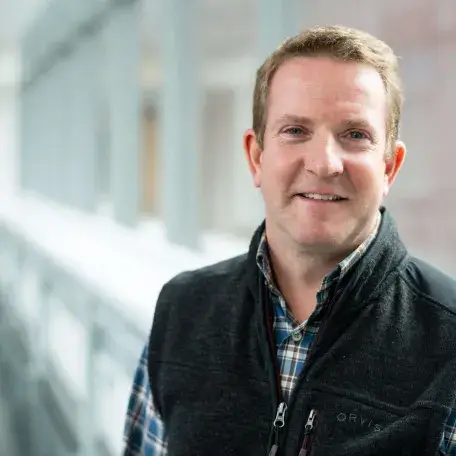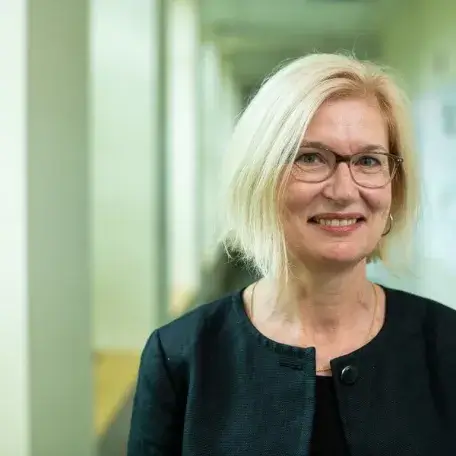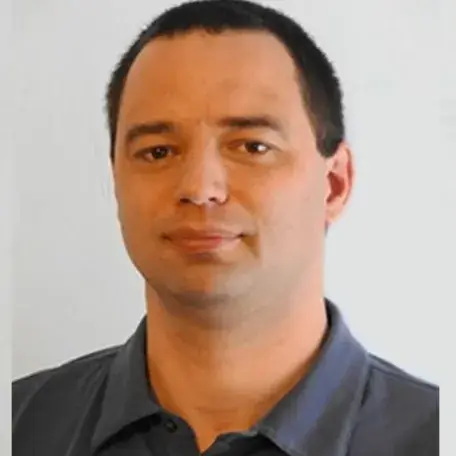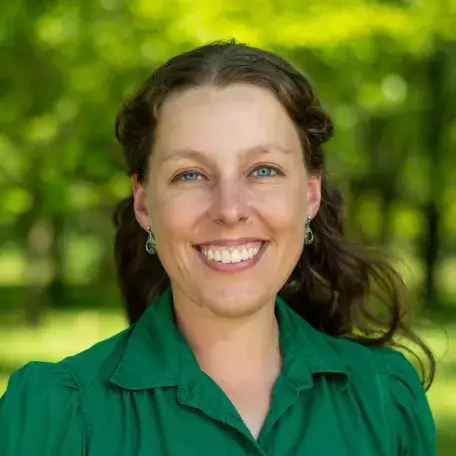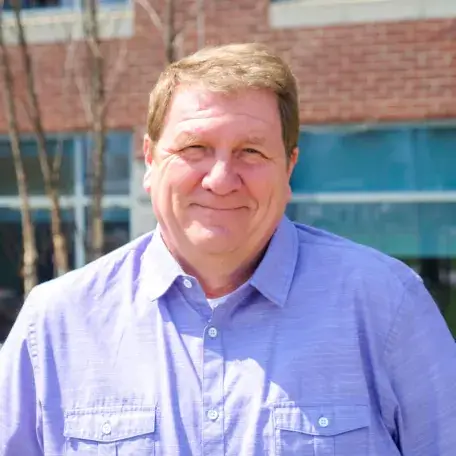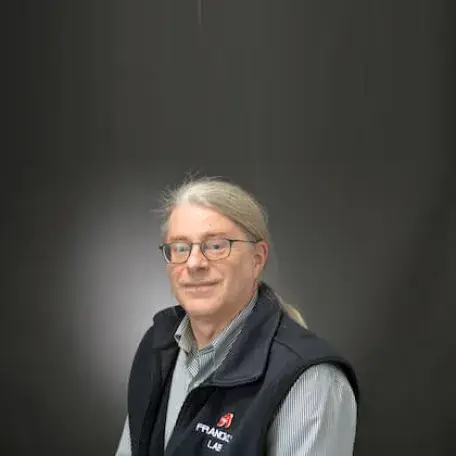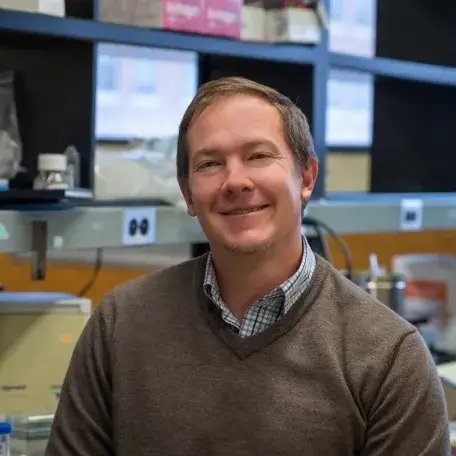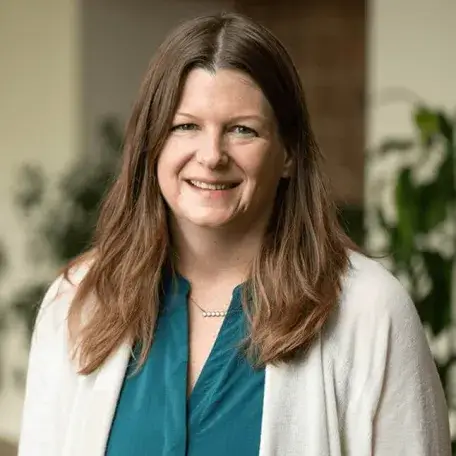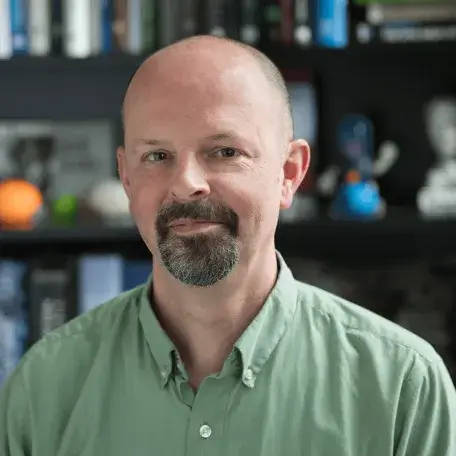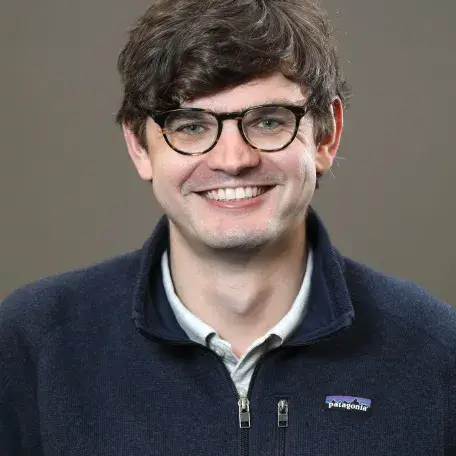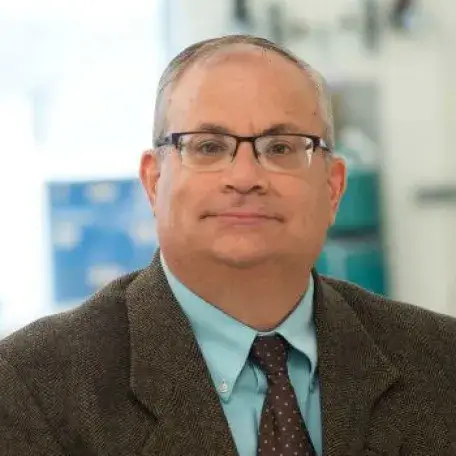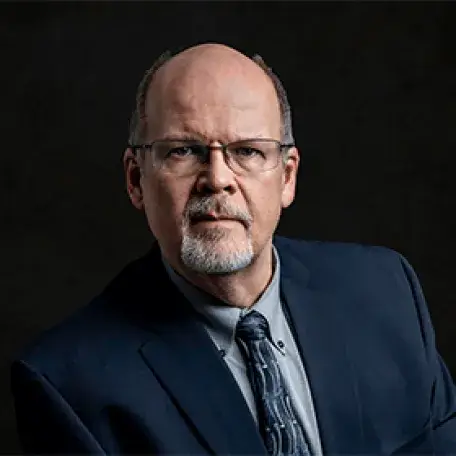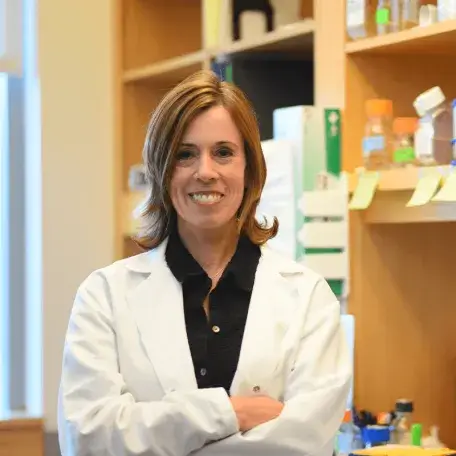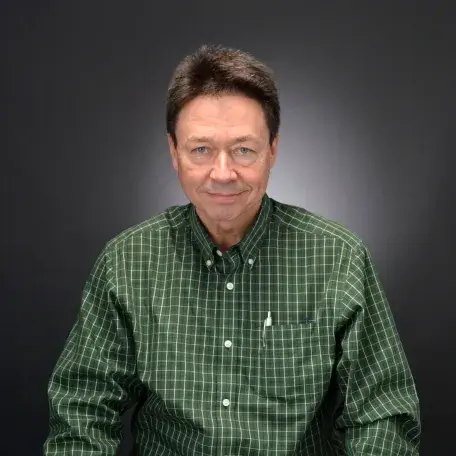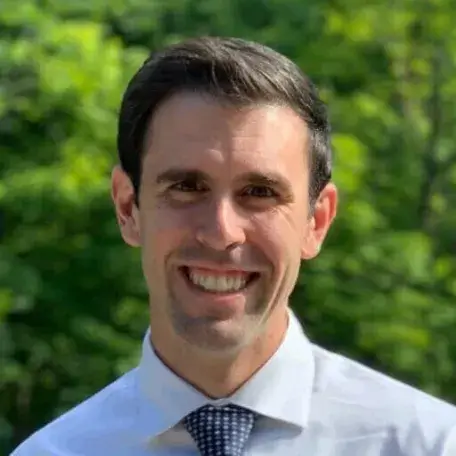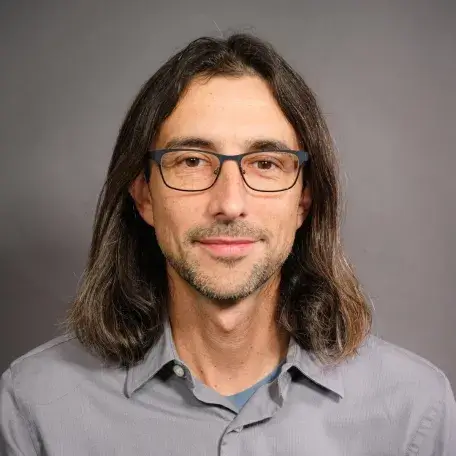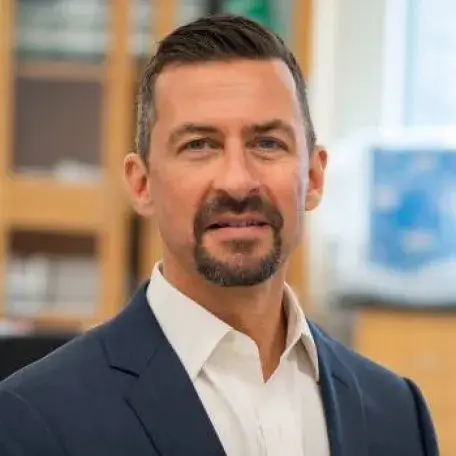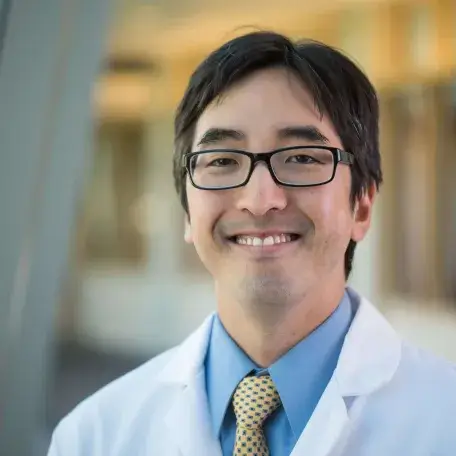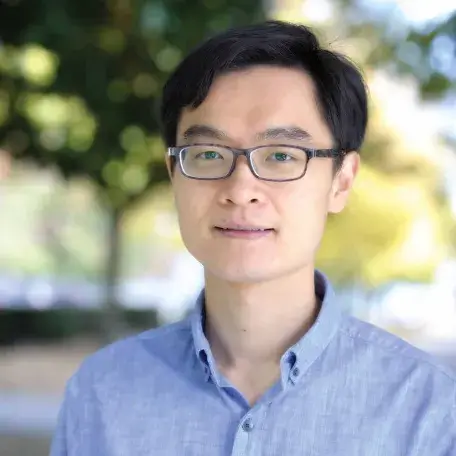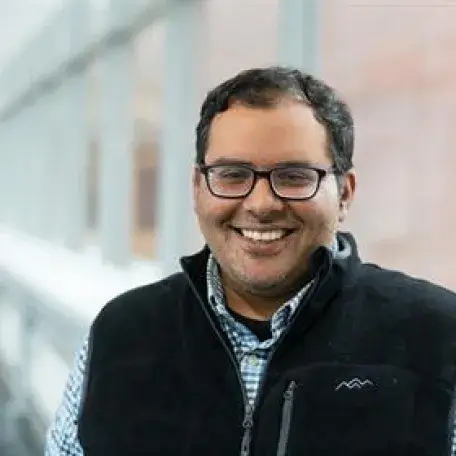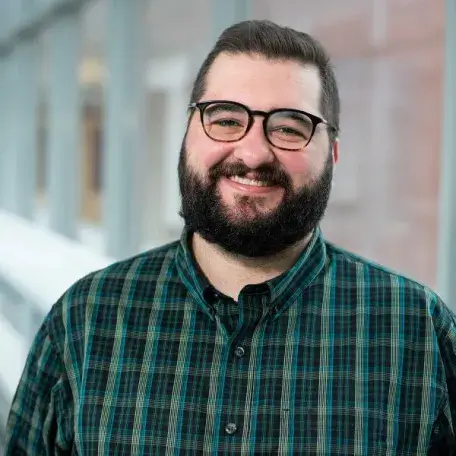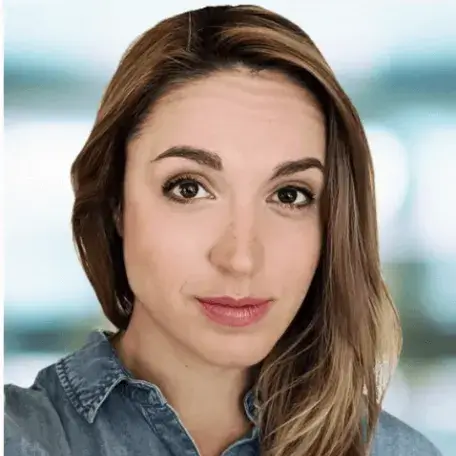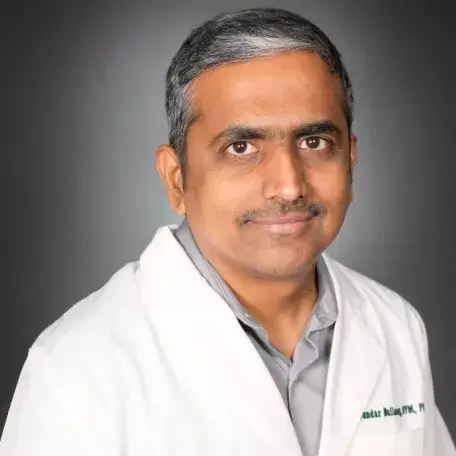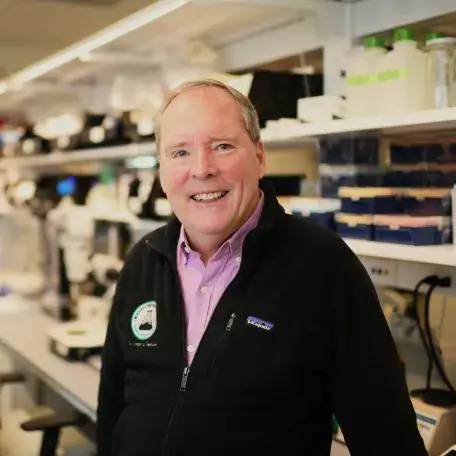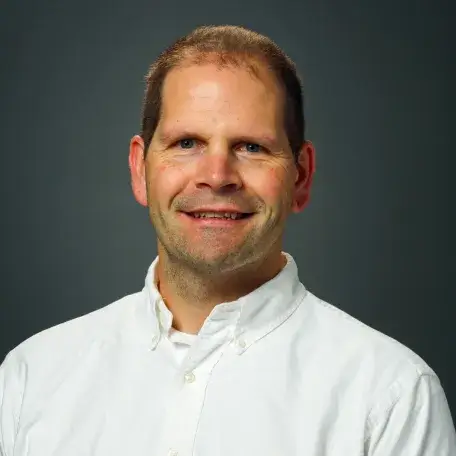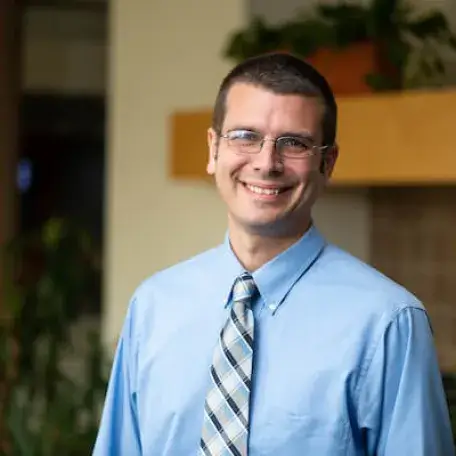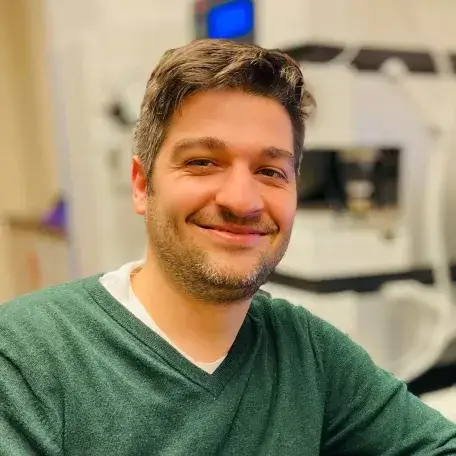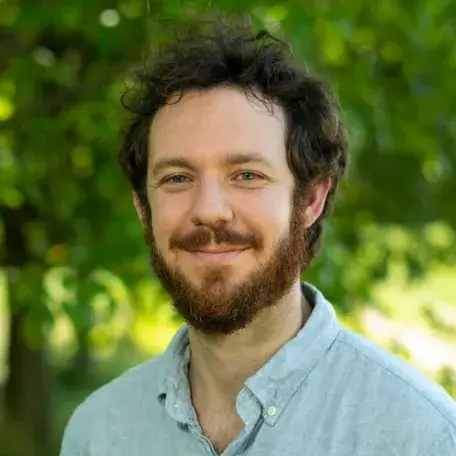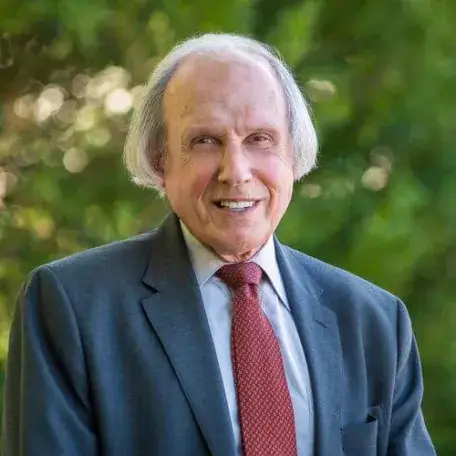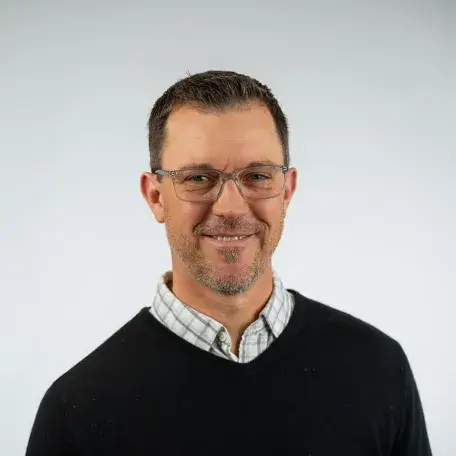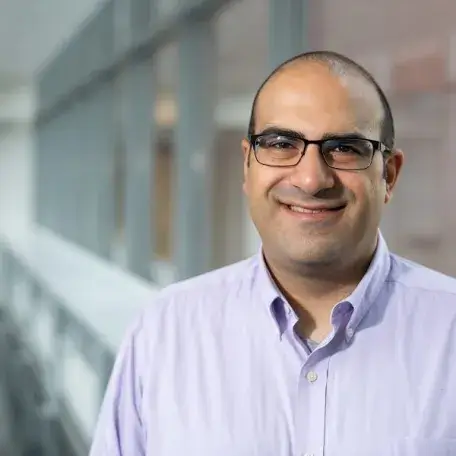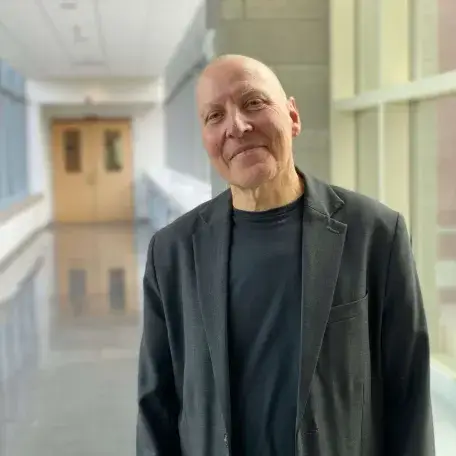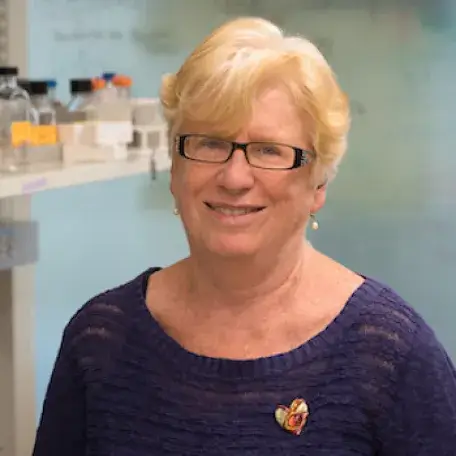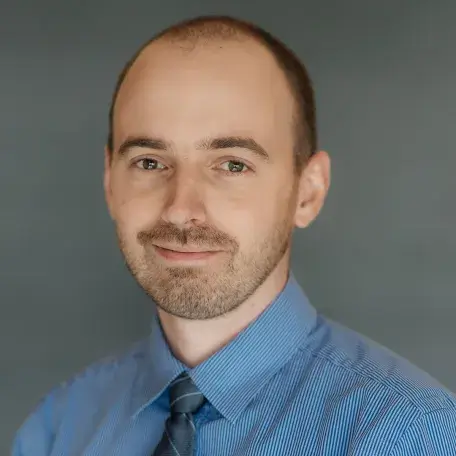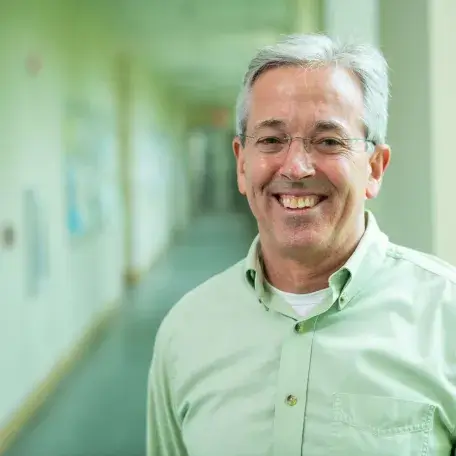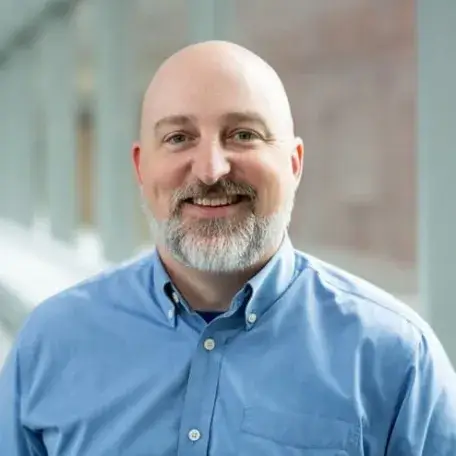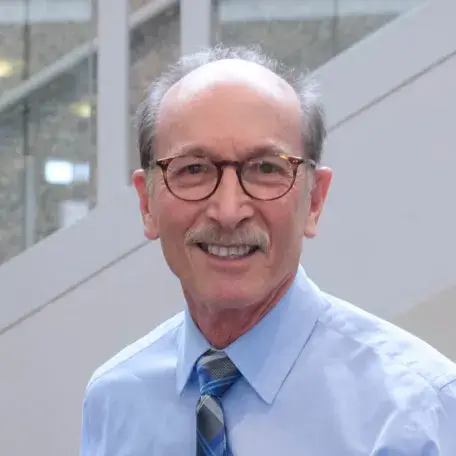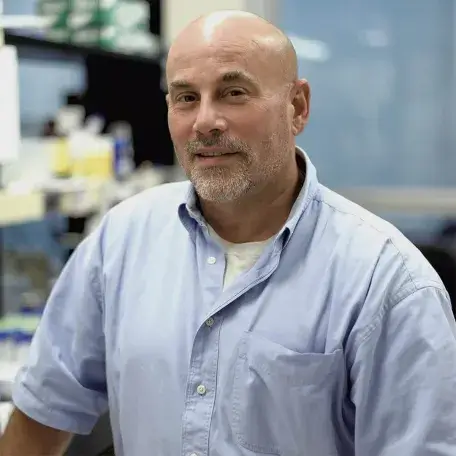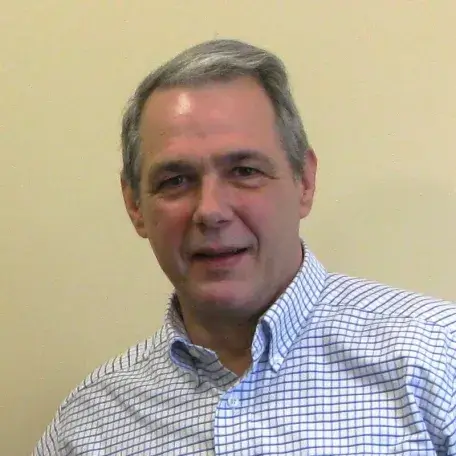Faculty
Professor of Medical Laboratory Science • Chair of the Department of Biomedical and Health Sciences
Eyal.Amiel@med.uvm.eduAssistant Professor, Department of Electrical and Biomedical Engineering
David.Bernstein@uvm.eduAssistant Professor, Department of Electrical and Biomedical Engineering
mbrasino@uvm.eduAssistant Professor • Determinants of Viral Infectivity and Viral-Host Interaction
emily.bruce@med.uvm.edu (802) 656-9069Associate Director, Shared Resources • Professor, Pharmacology
frances.carr@med.uvm.edu (802) 656-1318Assistant Professor • Genome Instability Mechanisms in Cancer and Host-Virus Interactions
nimrat.chatterjee@med.uvm.edu (802) 656-1714Professor of Biomedical and Health Sciences • Associate Dean for Faculty Affairs and Research
Paula.Deming@med.uvm.edu (802) 656-2506Associate Professor • Human Immune Responses to Infection and Vaccination
sean.diehl@med.uvm.edu (802) 656-9860Professor • Structural Biology of DNA Replication and Repair
sylvie.doublie@med.uvm.edu (802) 656-9531Associate Professor, Department of Pharmacology • 2017 Bloomfield Early Career Professor in Cardiovascular Research
benedek.erdos@uvm.edu (802) 656-0988Associate Dean for Undergraduate & Graduate Education and Postdoctoral Training • Associate Professor
severse@uvm.edu (802) 656-2156Dr. Ronald W. Pero International Research Green and Gold Professor • Professor, Medical Laboratory Science
Seth.Frietze@med.uvm.edu (802) 656-0569Associate Professor, Department of Pharmacology • Associate Professor, Department of Biochemistry
karen.glass@uvm.edu (802) 656-5760Associate Professor of Biochemistry & Chemistry – Bioorganic Chemistry, Biochemistry, Enzymes, Selenium
Robert.Hondal@uvm.edu (802) 656-8282Associate Director of Cancer Research, Training and Education Coordination, UVM Cancer Center • Professor, Pharmacology
alan.howe@uvm.edu (802) 656-9521Professor, Department of Medicine, Division of Endocrinology, Diabetes and Metabolism
Pediatric Infectious Disease Physician • Associate Professor
Benjamin.Lee.1@med.uvm.edu (802) 847-8200Chair of The Department of Pharmacology • University Distinguished Professor
Mark.Nelson@med.uvm.eduProfessor and Chairperson, Department of Biochemistry • Professor, Department of Surgery
Gary.Stein@uvm.edu (802) 656-6613Professor of Molecular Physiology and Biophysics • University of Vermont Cancer Center Program Leader
Jason.Stumpff@uvm.edu (802) 656-7849Assistant Professor • Impact of Viral Infections on Individual Cells and Cell Populations
menelaos.symeonides@med.uvm.eduAssociate Professor
Professor • Director, Vermont Immunobiology and Infectious Disease Training Program
gary.ward@med.uvm.edu (802) 656-4868Professor • Director - Cellular Molecular and Biomedical Sciences Graduate Program
matthew.wargo@uvm.edu (802) 656-1115Professor of Medicine, Pulmonary Medicine, Larner College of Medicine
Daniel.Weiss@uvm.eduProfessor, Department of Pharmacology • Medical Student Research Committee Member
george.wellman@uvm.edu (802) 656-3470